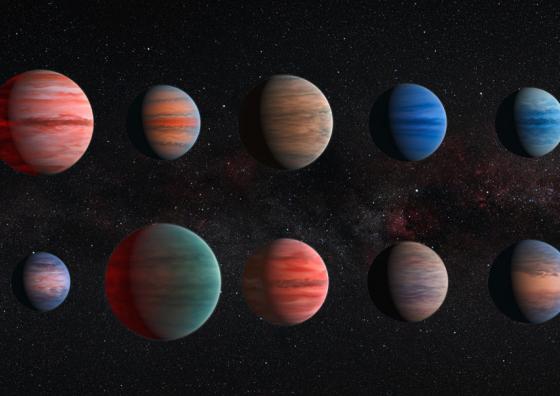The supplement of the newspaper ARA dedicates its cover to a report where the search for extraterrestrial life is analyzed. In fact, this summer NASA will launch a rover on Mars where it will look for traces of life.
In this report we are told the type of planet on which it is possible to find life, how exoplanets are detected, where Professor Carme Jordi tells us that it is done indirectly, through the light that reaches us. The report continues to decipher the keys needed to find life outside of Earth, such as finding water vapor in the atmosphere of the planet in question.
If you want to know more about whether there is life outside of Earth, read the full report here.
About the author
Carme Jordi is an astronomer, professor in the Department of Quantum Physics and Astrophysics and the Institute of Cosmos Sciences at the University of Barcelona, and a member of the Institute of Space Studies of Catalonia. His research focuses on the space mission of the European Space Agency (ESA), Gaia, which aims to create the largest and most accurate three-dimensional map of our Galaxy by conducting a survey of one billion stars with unprecedented accuracy in position and movement. Carme Jordi is also an active science disseminator, she participates in the "Toc-Toc" program of La UBDivulga, and gives talks and conferences in several centres and entities. She is also a professor at the "Universitat de l'Experiència de la UB", where she teaches astronomy for people older than 55 years old.




